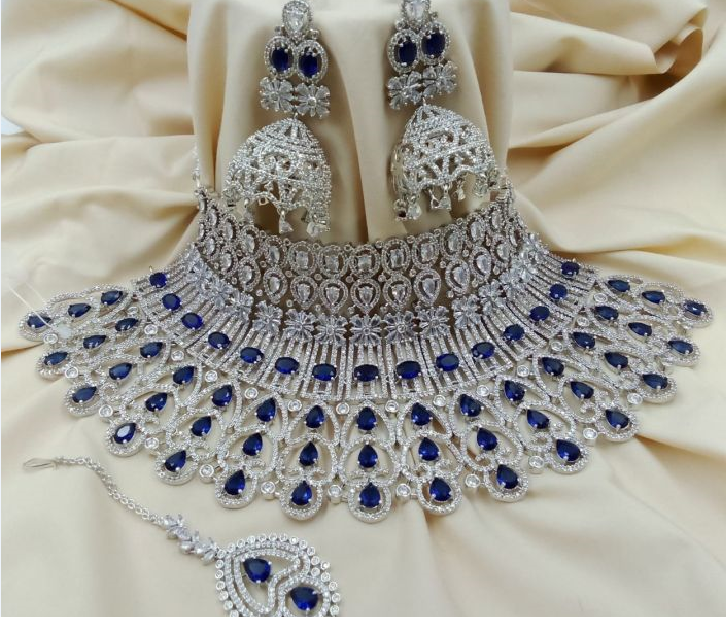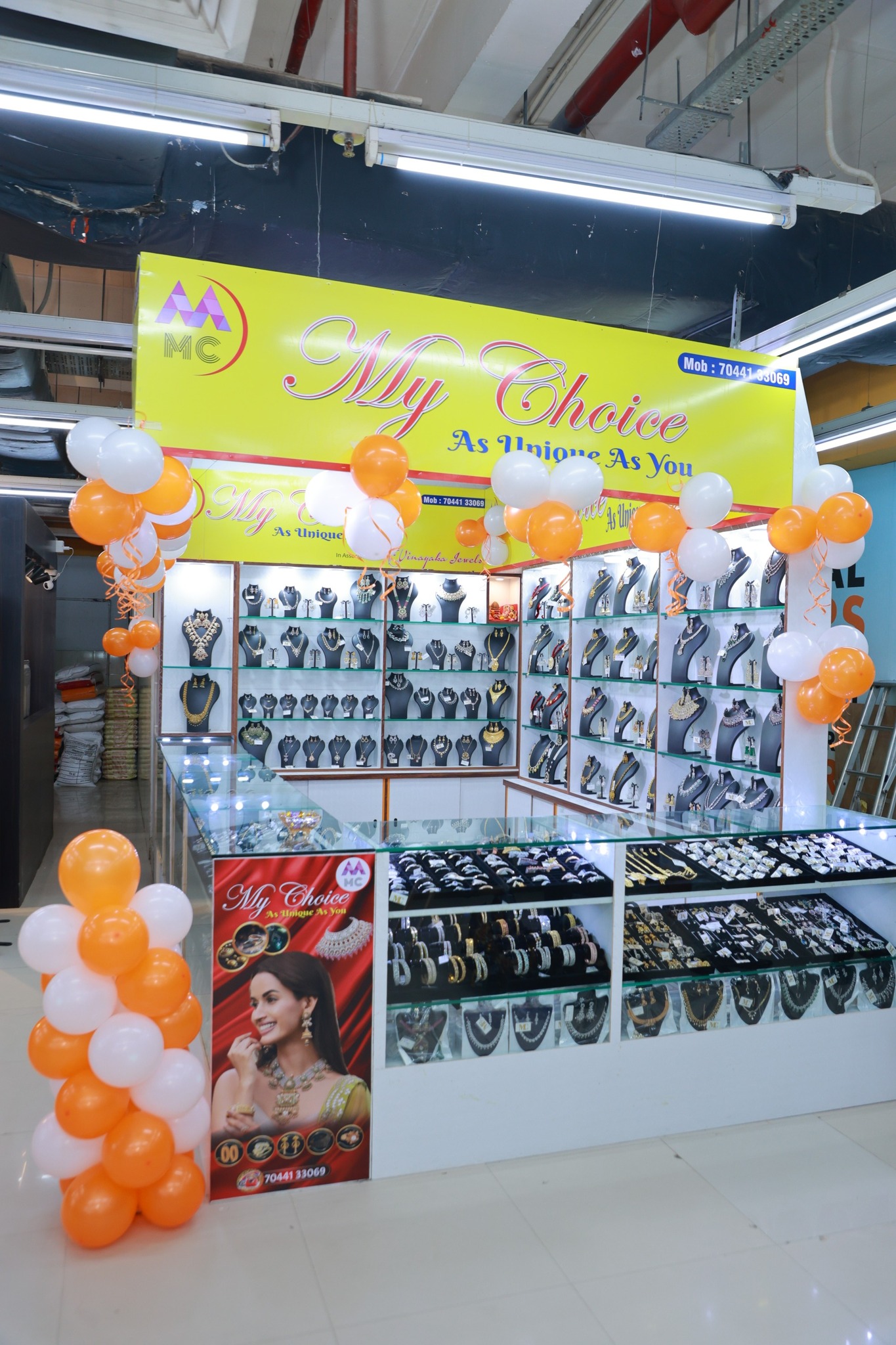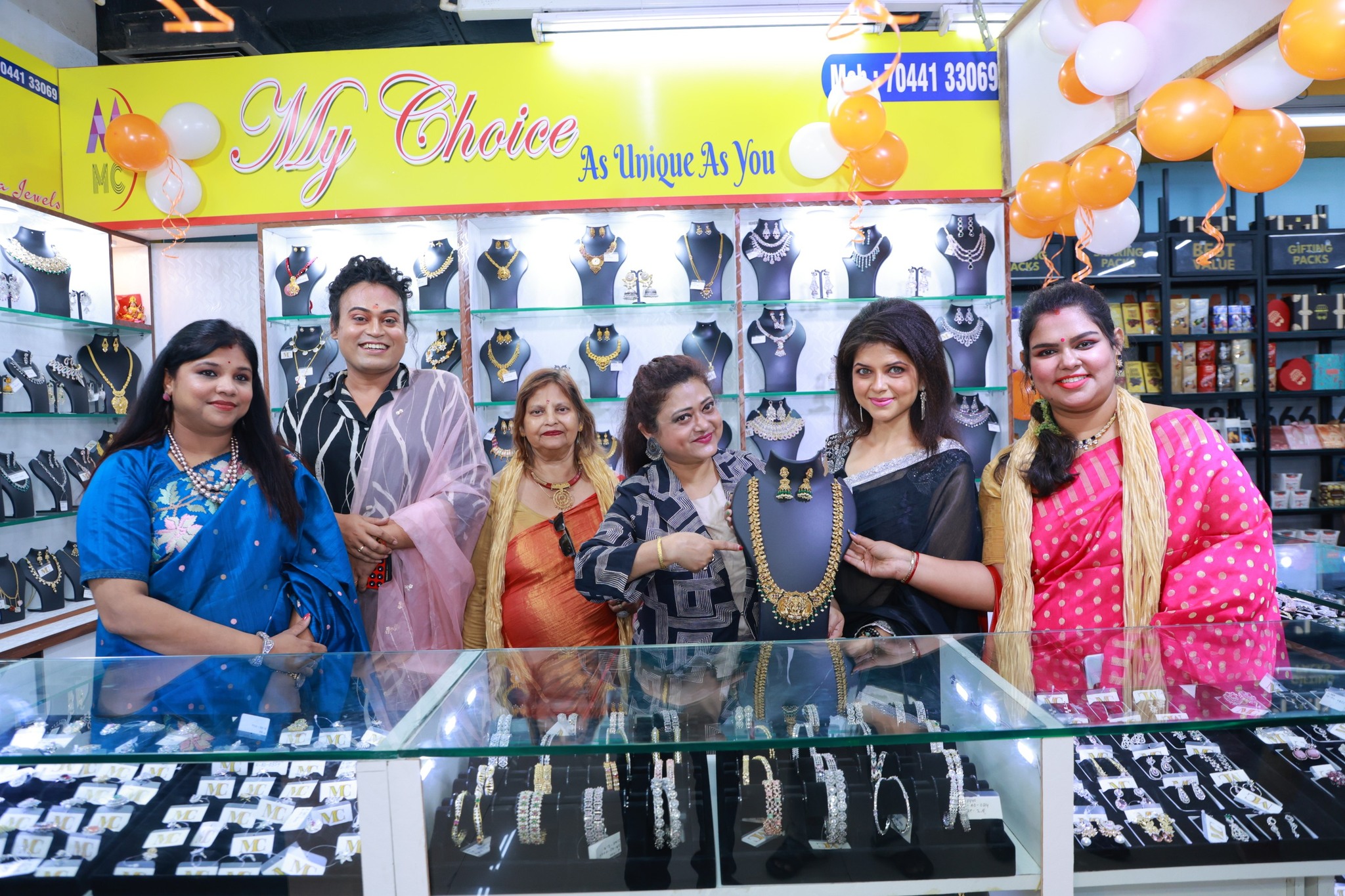Jewellery has always been a part of human storytelling—from shells strung into necklaces in prehistoric times to ornate diamond tiaras in royal courts. But behind the glittering façade of gold and gemstones lies another story: the rise of artificial jewellery.
Artificial jewellery, also known as imitation, fashion, or costume jewellery, is often made with inexpensive materials like glass, brass, copper, synthetic stones, and plated metals. It’s not just a cheaper alternative to fine jewelleryit’s a cultural phenomenon that has reflected class, fashion trends, politics, and identity throughout history. My Choice offers the best quality exquisite and premium artificial jewellery at best price.
- Ancient Origins: Beauty Beyond Wealth
Though artificial jewellery might feel like a modern concept, it actually dates back thousands of years. Even in ancient civilizations, not everyone could afford gold or precious stones but that didn’t stop them from adorning themselves.In Ancient Egypt, people of all classes wore exquisite artificial jewellery made from materials like painted clay, colored glass, and faience (a glazed ceramic). These were crafted to mimic the look of turquoise, lapis lazuli, and other semi-precious stones. Jewellery wasn’t just decorative it held spiritual and protective meanings.
Similarly, in Ancient Rome, glass was used to replicate pearls and gemstones. Artisans developed early forms of glassblowing and molding to produce beautiful, budget-friendly adornments.These ancient trends show us something important: people have always found creative ways to express beauty and status, even when precious materials weren’t accessible.
- The Middle Ages: Imitation for the masses
During the Middle Ages in Europe, jewellery pieces were heavily linked to class. Nobility wore gold, silver, and gemstones, while the common folk had little access to such luxury.However, imitation jewellery made from pewter, bone, and base metals began to appear among the lower classes. Religious pendants and brooches were especially common, often sold by traveling merchants and made to resemble finer pieces.Even monarchs and royals sometimes wore artificial jewelry during war or travel, leaving their real treasures safely at palaces and castles.
- The Renaissance to Georgian Era: Craftsmanship Evolves
As European craftsmanship improved between the 14th and 18th centuries, so did artificial jewellery. Glassmakers in Murano, Italy, developed techniques to simulate precious stones so effectively that even experts were occasionally fooled.During the Georgian era (1714–1830), paste stones (essentially high-lead-content glass) were all the rage. They were hand-cut and set into silver or gold, then polished to shine like real diamonds. Aristocrats often wore this artificialjewellery for parties or evening events, saving their real jewels for formal appearances.The social acceptance of these faux pieces began to grow. They were no longer seen purely as “cheap knock-offs,” but rather as stylish, affordable alternatives even among the elite.
- The Victorian Era: Industrialization and Sentimentality
The Victorian era (1837–1901) was a turning point. The Industrial Revolution made mass production possible, allowing artificial and imitation jewellery to be created at scale on a very pocket friendly and affordable price, giving birth to best and cheap artificial jewellery. This increased the access of imitation jewellery among common people like never before.New materials such as vulcanite, gutta-percha, and bakelite became popular, especially for mourning jewellery (ornaments worn after the death of a royal personality). After the death of Prince Albert, Queen Victoria wore black mourning jewellery, sparking a trend among the public. Artificial jet and black glass imitations became widely worn.Victorians were also deeply sentimental. Lockets, pendents, brooches, and rings initials became common. Whether real or artificial, jewellery was now emotional, symbolic, and accessible.
- The 20th Century: The Golden Age of Costume Jewellery
Enter the 20th century, and artificial costume jewellery really takes offbecoming a statement of fashion, art, and cultural rebellion.
Art Deco and Art Nouveau (1900–1930s): This era brought bold geometric designs and a love for experimentation. Designers like Coco Chanel championed artificial costume jewellery as a fashion accessory rather than a status symbol.Her bold artificial ladies necklaces made of glass pearls and metal chains became iconic.
Hollywood Glamour (1930s–1950s): The silver screen made costume jewellery glitter like never before. Actresses wore dramatic rhinestone necklaces, oversized earrings, and glittering brooches that became aspirational for millions. Swarovski gained popularity for their crystal-cut glass, which mimicked diamonds with dazzling brilliance.
Rebellion and Color (1960s–1980s): From the aesthetics of the ‘60s to the punk-rock edge of the ‘80s, artificial jewellery kept up with every trend. Plastic, enamel, and bold colors dominated, giving people a way to express themselves without breaking the bank.It wasn’t about imitating wealth anymore. It was about style. You could make a statement with neon bangles, giant hoops, or a peace-sign pendants.
- The 21st Century: Ethics, Identity, and E-Commerce
Fast forward to today, and artificial jewellery has evolved yet again.With the rise of online shopping and fast fashion, more consumers are choosing artificial jewellery for reasons beyond price. Many want to avoid the environmental impact of mining, or the unethical labor practices in the fine jewellery industry. Artificial pieces allow for guilt-free sparkle.At the same time, digital platforms like e-commerce websites, Instagram, and Shopify have made it easy for independent creators like Miarahto sell unique, handcrafted designs, making them a leading manufacturer of designer necklaces for women online. Whether it’s polymer clay earrings or gold-plated zodiac necklaces, there’s something for every aesthetic.In today’s fashion world, artificial and imitation jewellery is no longer a compromise or an alternative option but a choice by the customers.
Conclusion
The history of artificial jewellery is a history of creativity, resilience, and self-expression. It’s the story of people who wanted to shine regardless of their status, and artisans who figured out how to make it possible.From ancient glass beads to Instagram famous resin rings, artificial jewellery has come a long way. Besides this, manufacturer, wholesalers and suppliers of imitaion costume and fashion jewellerylike Miarah are commited to offer best quality artificial jewellery pieces on a very affordable price range. It’s not just about copying the real thing it’s about reimagining what a designer jewellery means. Because in the end, it’s not the price tag that makes artificial or imitation jewellery meaningful. It’s the feeling it gives you.









